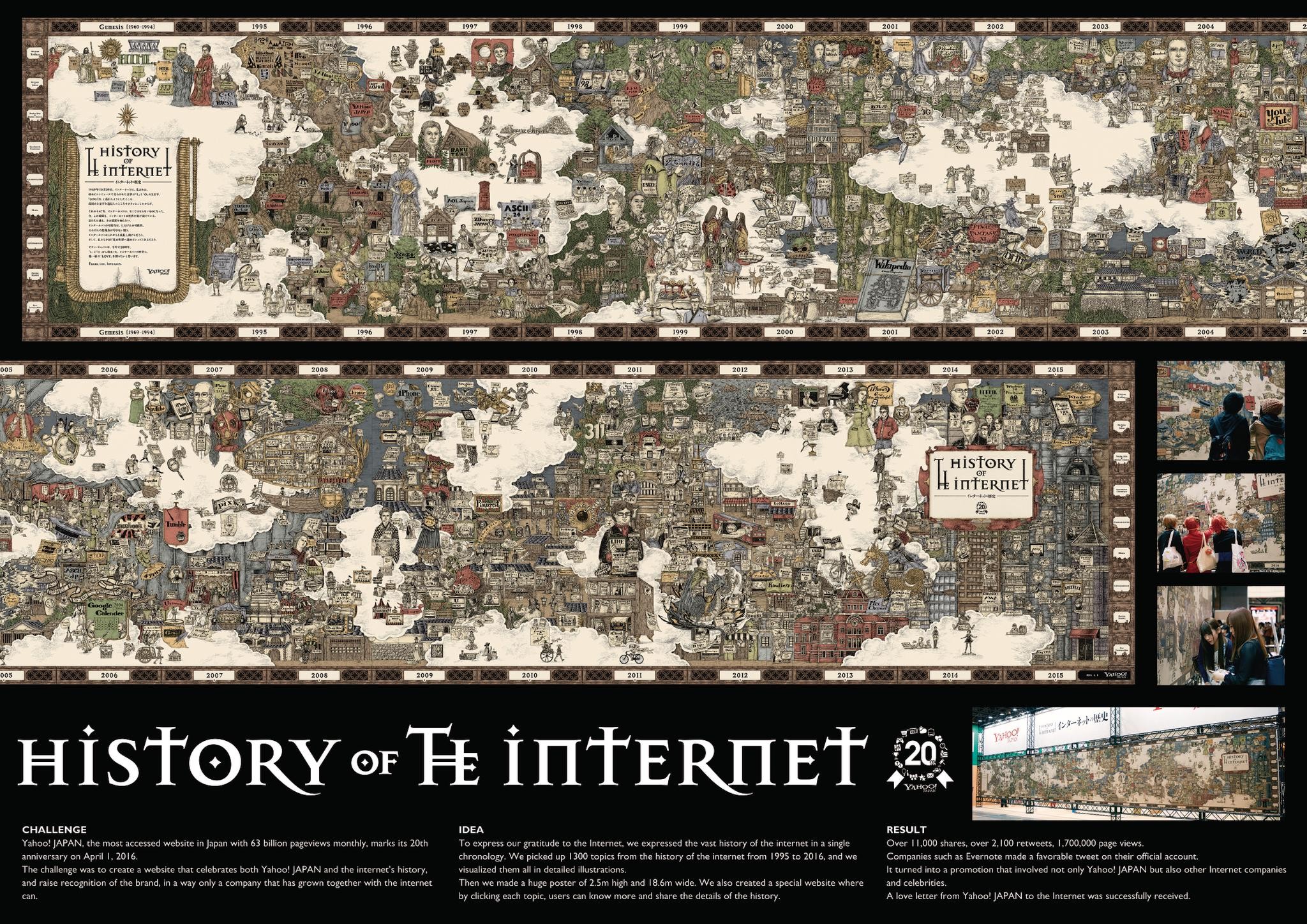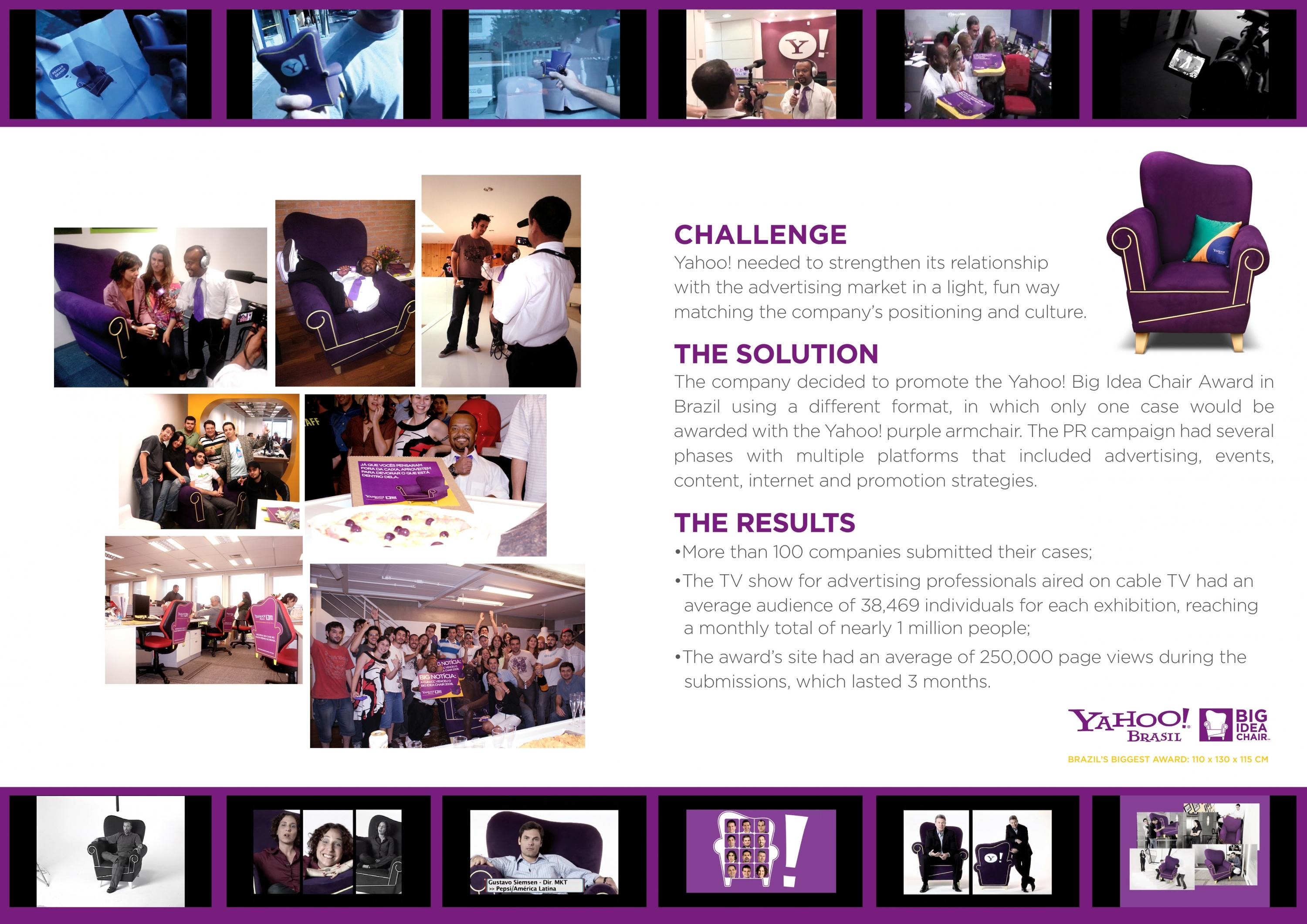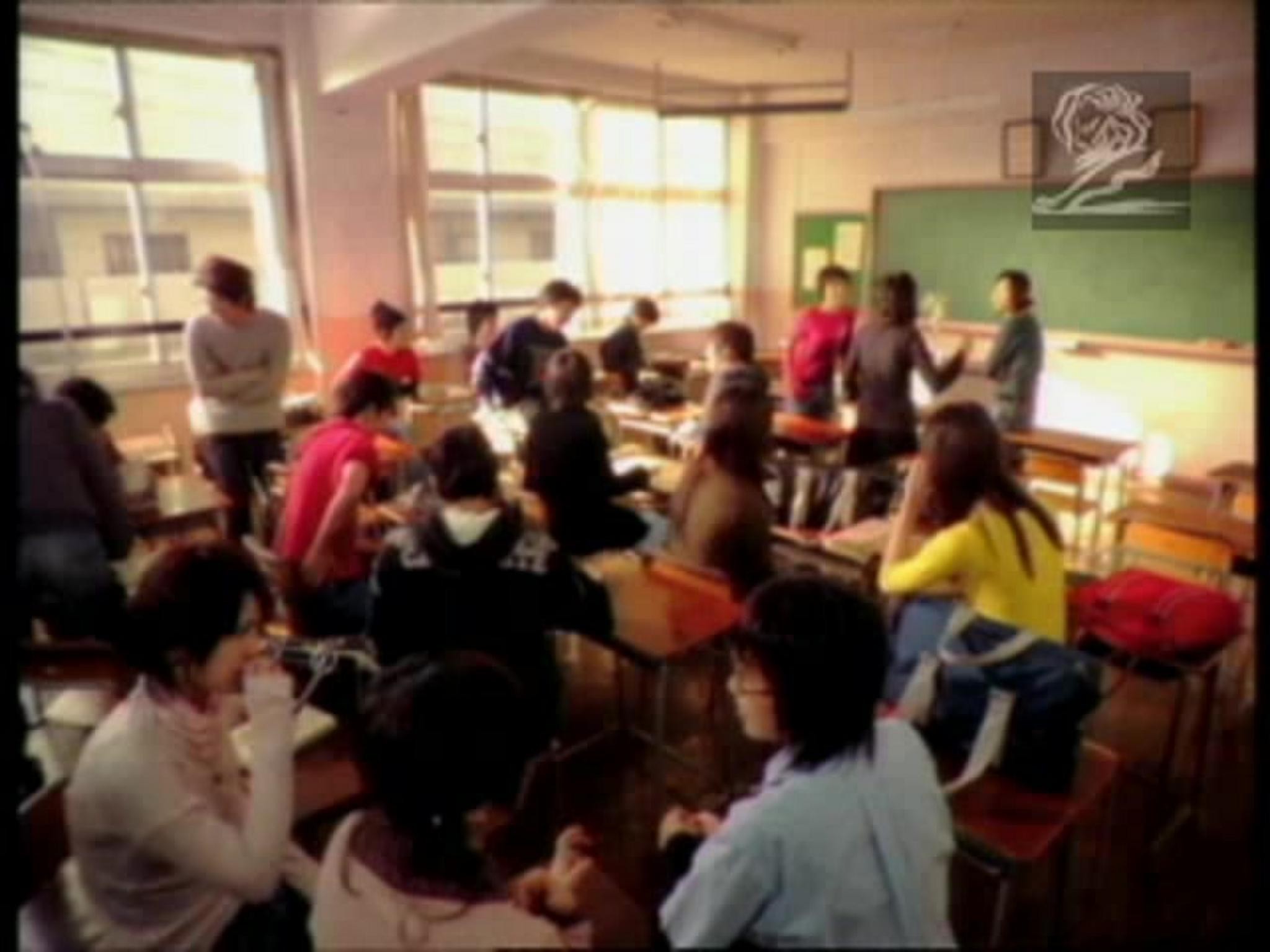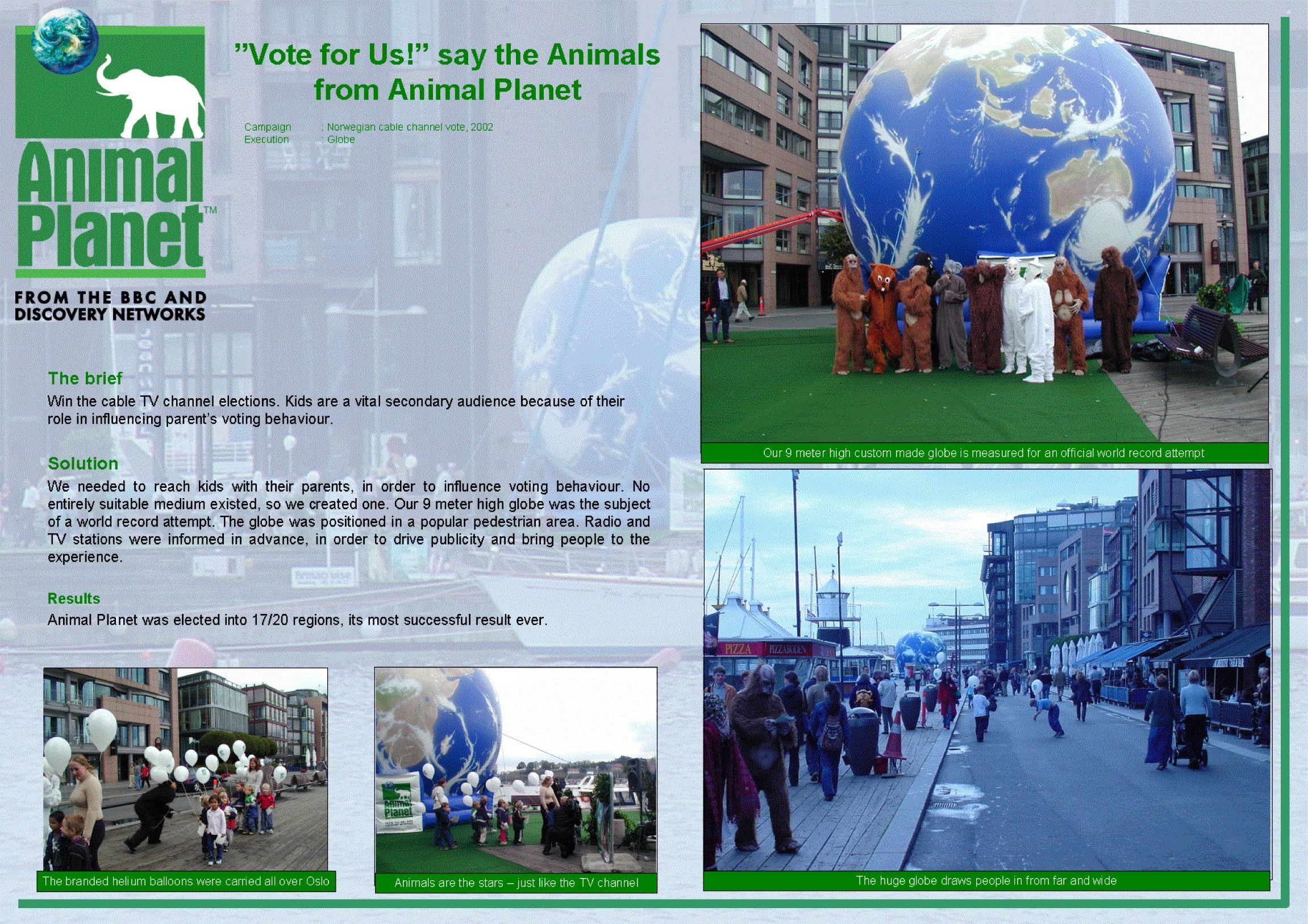Spikes Asia
Diversity in Disaster Preparation
DENTSU INC., Tokyo / YAHOO / 2019
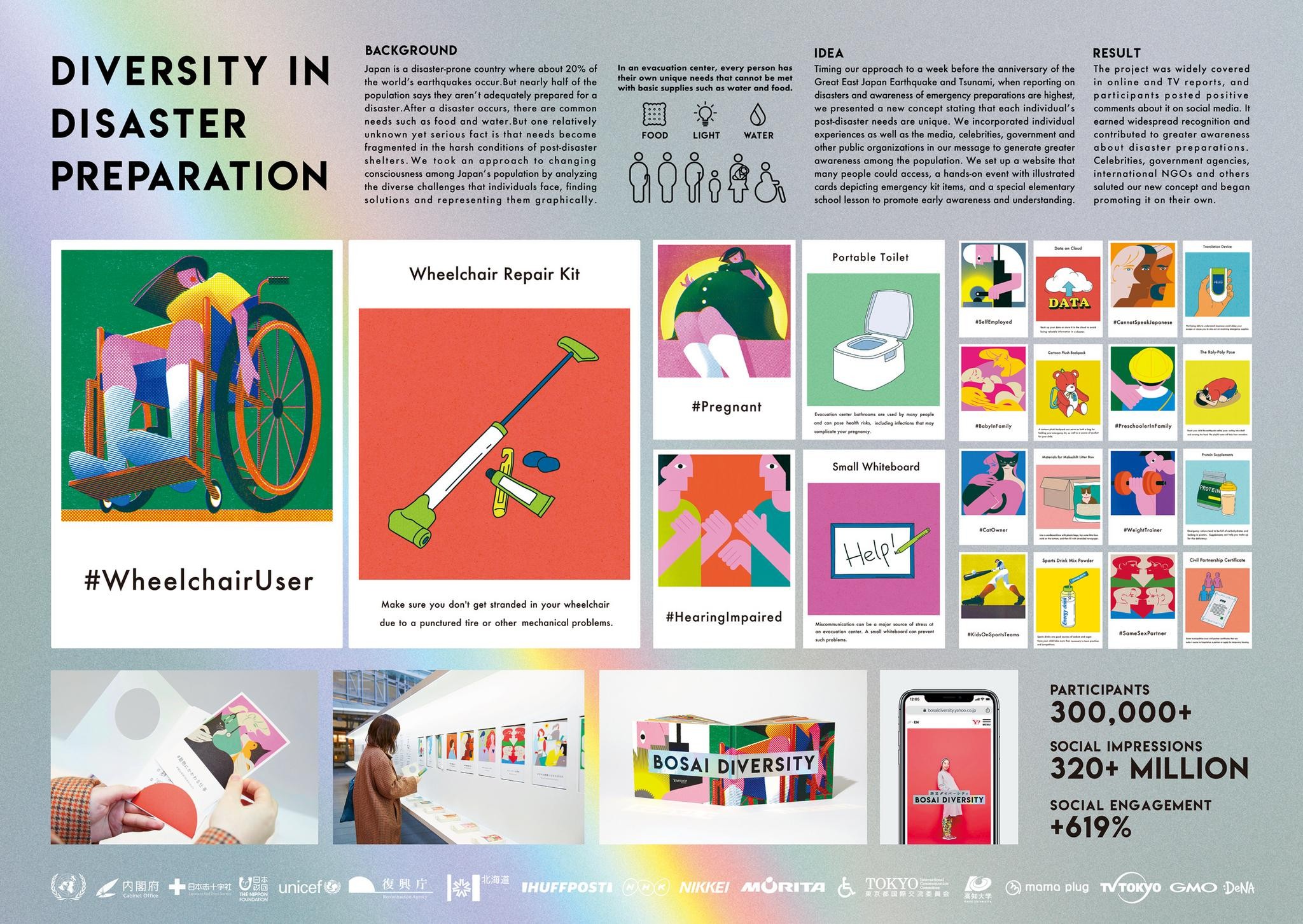
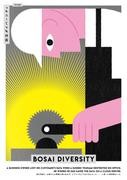

Overview
Entries
Credits
Overview
Background
Natural disasters are increasing worldwide. Japan has about 20% of the world’s earthquakes, yet nearly half of its people are not adequately prepared for disasters.
After a disaster, certain needs are common among all victims, such as food and water. However, Yahoo! looked at past search data and focused on the underlying yet serious fact that individual needs and challenges become fragmented in the harsh conditions of post-disaster shelters. We communicated these issues and solutions in the form of a new approach toward disaster preparedness.
Then, we took an approach that analyzed the issues and their solutions and presented them in clear, easy-to-understand illustrations. We also called upon media, celebrities, and government to promote this importance and take concrete actions to change awareness about disaster preparations among the public.
Idea
Immediately after an earthquake or other disaster, media coverage and interest among the government, corporations and populace focuses on the afflicted area. But few take into consideration the diverse characteristics and living environments of people forced to evacuate. Many people in post-disaster shelters suffer from declining health or even lose their lives, but few people are aware of this fact.
This is why we decided to propose a new form of disaster preparedness called "Diversity of Disaster Preparation," focusing on these latent yet serious challenges.
We analyzed needs and solutions from over 20 years’ worth of Yahoo! search data. We also used simple illustrations that anyone could understand to bring this somewhat distant and difficult theme of disaster preparedness closer to home. These illustrations were presented one by one to create an environment in which even those who had not experienced disasters could easily approach the issue of disaster preparedness.
Strategy
Since the Great East Japan Earthquake in March 2011, reporting on disasters in Japan increases in early March, along with public awareness.
We timed our communication with this to maximize the spread and penetration of information to the public.
To increase awareness, we needed to be aware that a large segment of the public had never experienced disasters.
We saw the need for communication that brought disaster preparedness closer to home, so we used the true personal insight that search data could provide to analyze potential challenges and their solutions, and illustrated these in specific ways in an attempt to change the awareness and behavior of many, including those who had never experienced disasters.
We called on media, government, and international NGOs to increase the reliability of the information. We also used a diverse array of celebrities and influencers to drive the point home to a wider audience.
Execution
The launch of the project was timed to when reporting and awareness about disasters is highest in Japan.
Certain needs such as food and water are common among all victims after a disaster, but individual needs become fragmented in the harsh conditions of post-disaster shelters. This is a matter of life or death, so each person’s needs are different. This was our new approach to disaster preparedness.
We called upon media, government, international NGOs, and celebrities. They stressed the importance of this new approach and acted on it, spurring changes in consciousness and behavior among the public.
We also set up a website and exhibition where the public could see what emergency kit items they needed for themselves. These were covered in numerous online articles and TV reports, and participants posted positive comments about the project on social media. This widespread recognition contributed to greater awareness about disaster preparations.
Outcome
Social media impressions: Over 320 million
Featured in numerous TV programs and online media, especially TV news and economic programs.
Project participants: Over 300,000
Social engagement rate: 619% increase
It earned support from nearly 30 public organizations including the United Nations Information Centre, the Japan Committee for UNICEF, the Japan Red Cross Society, and other international NGOs that provide humanitarian aid, along with the Japanese government. This encouraged changes in awareness and further motivated people to take action.
Yasuki Kaibori, the government minister heading Japan’s disaster preparedness efforts, offered this statement: "This is a very meaningful project for encouraging people to take notice and action for learning and taking the necessary preparations before a disaster occurs. Promoting this will help to reduce the impact of disasters and improve lives through healthier living among victims, and therefore we wish to support and encourage this project.”
Similar Campaigns
12 items
